Centuries-Old Christ-Themed Art Offers Viewers a Timeless Challenge
Contributed By Jason Swensen, Church News associate editor
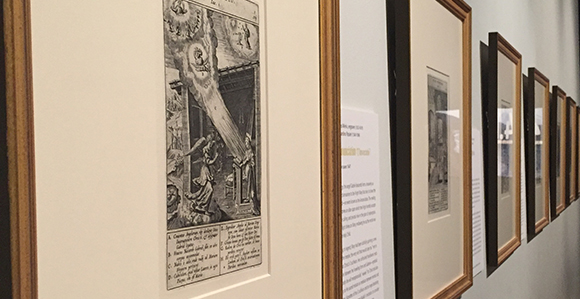
The BYU Museum of Art exhibition “Meditate on the Lord” doubles as a reminder to viewers that they can deepen their relationship with the divine by studying, pondering, and praying about the scriptures.
Article Highlights
- The “Meditate on the Lord” exhibit offers viewers a chance to ponder the life of Christ.
Related Links
PROVO, UTAH
Study. Ponder. Pray.
For students of the scriptures, it remains the time-tested, fundamental call to action for transforming printed words on a page into personal dialogues with the divine.
Millennia ago, an ancient American prophet promised modern-day readers that they could know the Book of Mormon was God’s word if they study its pages “with a sincere heart” and with real intent and faith in Christ.
“He will manifest the truth of it unto you, by the power of the Holy Ghost,” wrote Moroni (Moroni 10:3–5).
And just days ago, President Russell M. Nelson challenged his general conference audience to finish the Book of Mormon by year’s end, marking passages about Christ.
“If you will accept this invitation with full purpose of heart, the Lord will help you find a way to achieve it,” he said. “And as you prayerfully study, I promise that the heavens will open for you.”
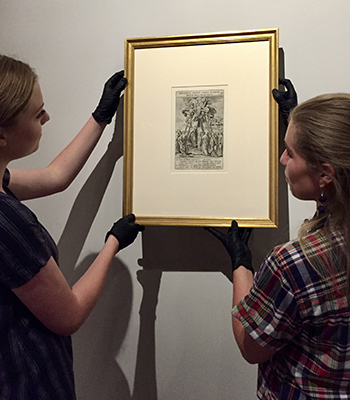
BYU art history students hang an illustration as part of the ongoing Meditate on the Lord exhibition at the Museum of Art. The display was curated largely by undergraduate students. Photo by Jason Swensen, courtesy of BYU Museum of Art.
An ongoing exhibition at Brigham Young University’s Museum of Art utilizes centuries-old images to again teach a contemporary audience—Study. Ponder. Pray.
Meditate on the Lord is a collection of seven illustrations that originally appeared in Annotations and Meditations on the Gospels—a devotional text created in 1595 by Jerome Nadal, a Jesuit priest.
Originally crafted as engravings by the artist Bernardino Passeri, the highly detailed images capture moments from the life of Christ and His followers that viewers will recognize from the New Testament. The book was designed for students of the Jesuit Order in Spain to help them prayerfully connect with the scriptures as they study and ponder its meanings.
The text “was intended to help young Jesuits learn how to meditate on the scriptures,” said religious art curator Ashlee Whitaker.
But BYU-MOA patrons need not be art history majors to appreciate the centuries-old illustrations. The images invite all viewers “to reconsider the idea of what it means to meditate and thoughtfully approach sacred texts.”
Meditate on the Lord was largely pulled together by a group of undergraduate art history students who were eager to utilize objects at the museum not being used. The museum owns dozens of the 16th-century Jesuit illustrations, but the ongoing exhibition is believed to be the first time any have been publicly displayed.
Located adjacent to the museum’s major To Magnify the Lord exhibition, Meditate on the Lord will be on display through the end of the year.
Admission is free.
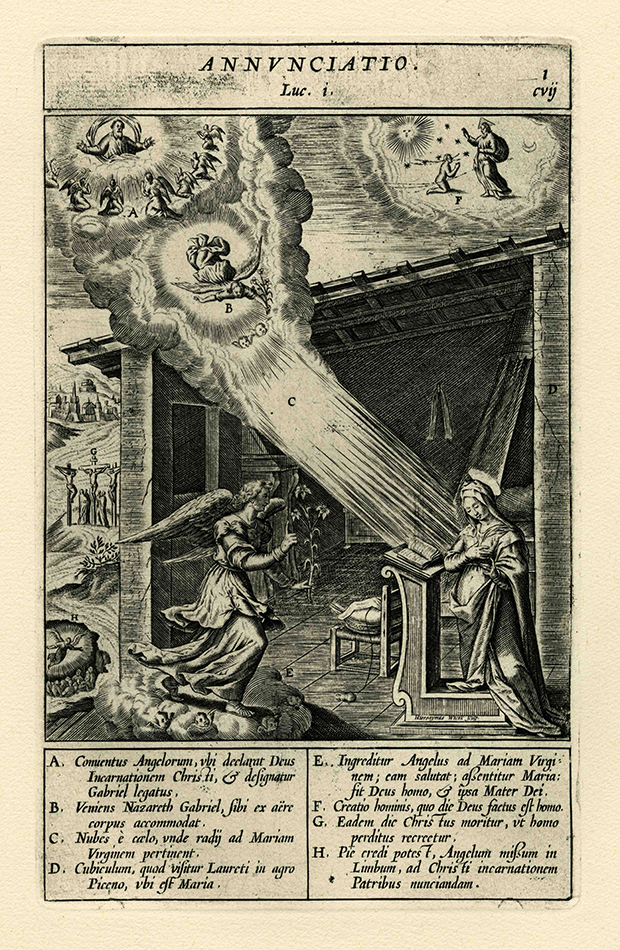
The Annunciation, an engraving on paper, catches a pivotal moment from the New Testament. Photo by Jason Swensen, courtesy of BYU Museum of Art.
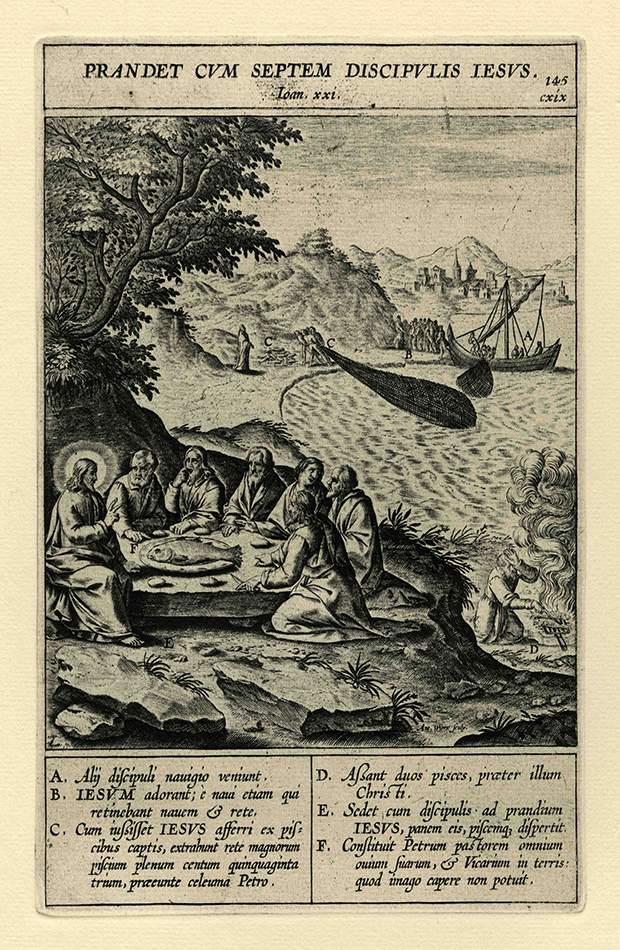
The highly detailed engraving Jesus Eats Breakfast with Seven Disciples depicts the Savior interacting with His followers during His mortal ministry. Photo by Jason Swensen, courtesy of BYU Museum of Art.
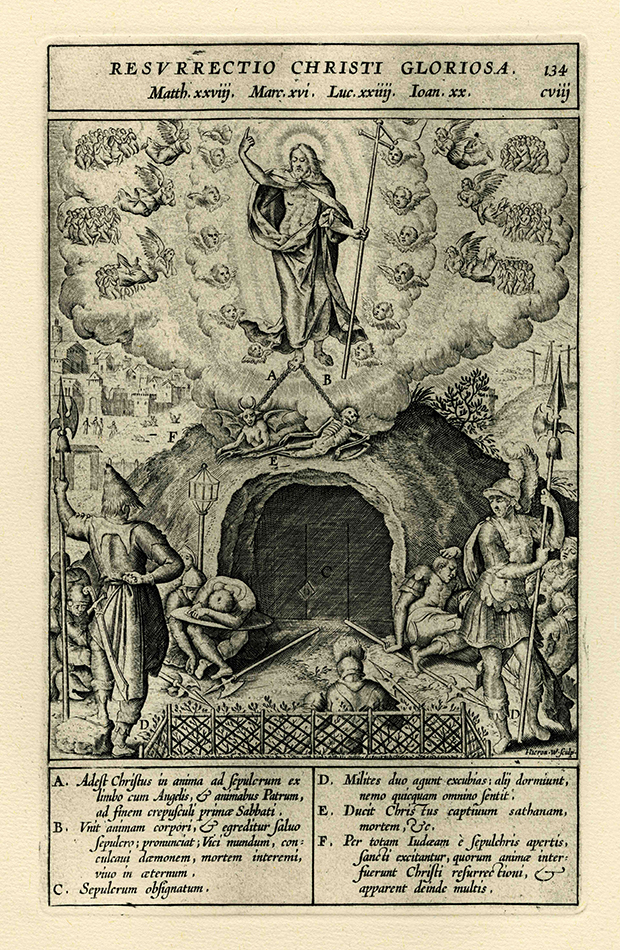
The Glorious Resurrection of Christ by Bernardino Passeri celebrates a defining moment from the New Testament. Photo by Jason Swensen, courtesy of BYU Museum of Art.
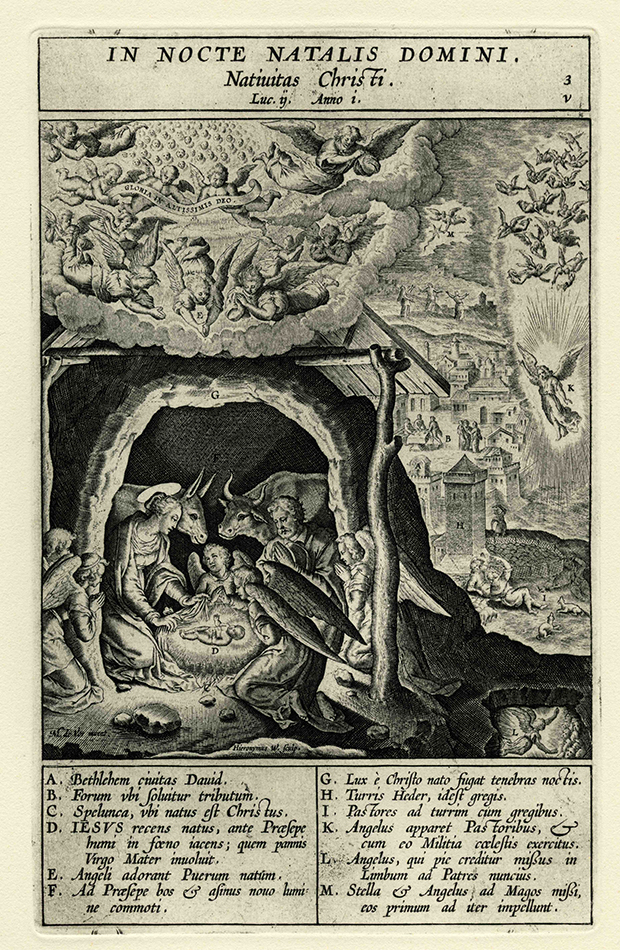
The 1647 engraving The Nativity of Christ is one of seven highly detailed images on display in the BYU-MOA exhibition Meditate on the Lord. Photo by Jason Swensen, courtesy of BYU Museum of Art.
